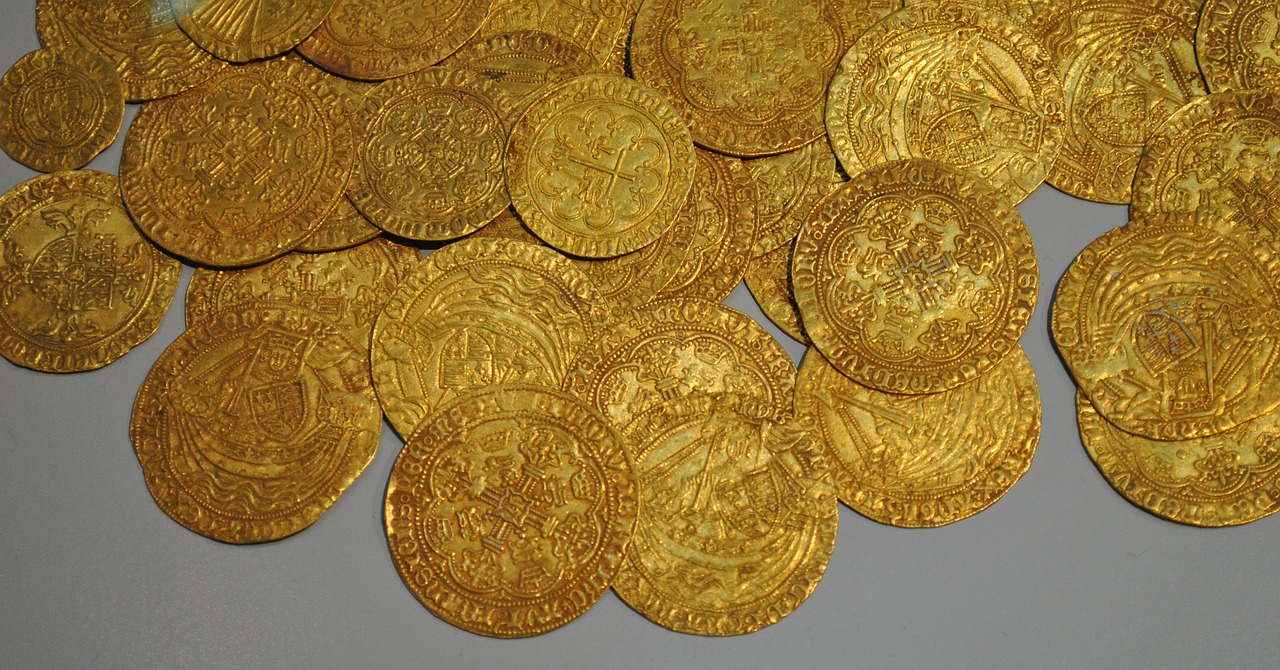Elon Musk has asked his Twitter followers whether he should bring back Vine.
Less than a week after completing his contentious $44bn takeover, the self-anointed “Chief Twit” appears open to relaunching the short-form video app axed by his new company back in 2016.
“Bring back Vine?” tweeted Musk in the early hours of Monday, with just over 69% backing its return in a poll of more than two million people.
Musk has put big business decisions to his followers before – last year the world’s richest man asked whether he should sell 10% of stock in his electric car firm Tesla, and abided by the result by selling shares worth $5bn.
When he first bought shares in Twitter in April, he ran a poll asking if people wanted an edit button. The feature has since begun testing, but only for members of the premium Twitter Blue subscription.
A potential Vine comeback would see it entering a much more crowded market than the one it left six years ago, with TikTok building upon the idea and attracting hundreds of millions of users worldwide.
TikTok’s popularity has seen other platforms like Instagram change, delivering its own users a similarly curated feed of never-ending clips to scroll through.
Elon Musk denies report he is laying off Twitter workers early to avoid severance payouts
Elon Musk tweets – then deletes – link to article with unfounded theory about Paul Pelosi attack
Ten people Elon Musk could bring back to Twitter – by revoking their permanent bans
Why would Musk want to bring back Vine?
The SpaceX founder has spoken in vague terms about turning Twitter into an “everything app”, which would aim to combine familiar features from other services into one platform.
If he wanted to make Twitter a bigger destination for videos, and look to boost user numbers, going after the TikTok crowd would seem an obvious – if cynical – move.
“What could we do to make it better than TikTok?” he asked following his latest poll, perhaps aware that a previous attempt at a relaunch by Vine’s co-creator did not quite catch on.
When Vine was axed three years after its 2013 launch, it had an estimated 200 million users scrolling through various viral video clips, from memes to major news moments.
As of earlier this year, TikTok had more than one billion active monthly users. Its success has been put down to how successfully its algorithm tailors users’ feeds to keep them engaged.
Meanwhile, Twitter is struggling to keep its most active users. According to internal research seen by Reuters, the number of “heavy users” (those who log in six or seven days a week, tweeting three to four times) has been in “absolute decline” since the COVID pandemic began.
Please use Chrome browser for a more accessible video player
What else is Musk planning?
The early days of Musk’s tenure at Twitter have been dominated by talk of what he might do with the platform.
He denied a report he is planning mass lay-offs, and insisted no moderation decisions will be taken until he has set up a council with “widely diverse viewpoints” amid speculation that long-banned accounts could return.
The issue was brought into stark relief over the weekend when Musk himself tweeted – and then deleted – a link to an article promoting an unfounded conspiracy theory about the hammer attack on Nancy Pelosi’s husband.
Musk has, however, revealed that the platform’s verification policy “is being revamped right now” after multiple reports that Twitter will start charging users who want to keep their blue badge.
Twitter verification is designed for high-profile figures who wish to prove their identity, such as politicians, film stars, musicians, and journalists.
Platformer and The Verge report that Musk wants to lock verification behind Twitter Blue at $4.99 a month.






